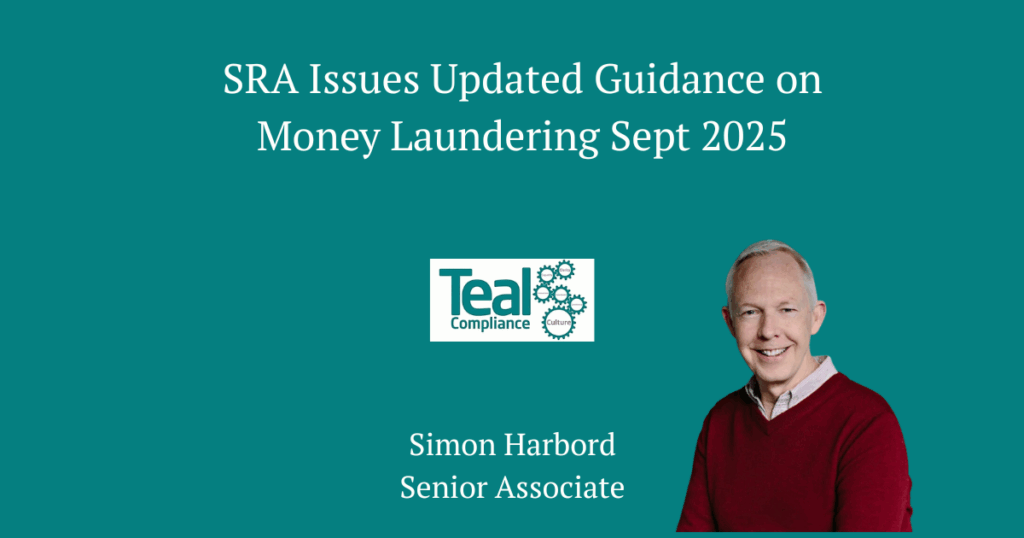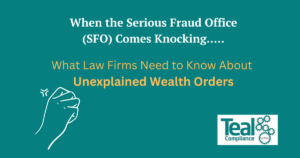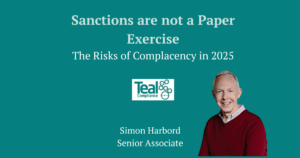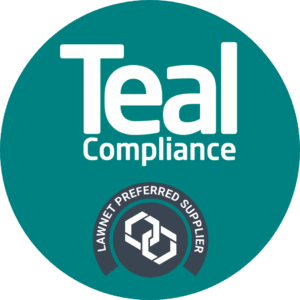Simon Harbord, Senior Associate, Teal Compliance.
The Solicitors Regulation Authority (SRA) has issued updated guidance on money laundering, reminding firms of their responsibilities and highlighting common areas where compliance can fall short.
Why now?
The new guidance follows the release of the 2025 National Risk Assessment (NRA), which again rated the money laundering risk for the legal sector as high.
According, which we know is all to clear, to the NRA:
- Criminals are drawn to legal service providers for the veneer of legitimacy the sector provides.
- Conveyancing, trust and company services, and misuse of client accounts remain the highest-risk areas.
- Firms offering a combination of legal services are particularly vulnerable.
- A lack of focus on compliance, tick-box approaches, or poor understanding of risk all increase the likelihood of being exploited.
While terrorist financing risk is considered low, money laundering through legal services continues to be a significant concern.
Key points from the SRA guidance
The SRA’s updated guidance emphasises the need for law firms to:
- Carry out robust client and matter risk assessments, documenting rationale clearly.
- Apply enhanced due diligence (EDD) where higher risks are identified, including in property, trusts, and corporate structures.
- Conduct effective source of funds and source of wealth checks rather than relying on assumptions.
- Keep full records of the steps taken and evidence relied upon, so that decisions can be justified.
- Train staff to recognise red flags and report suspicions promptly.
- Avoid taking a tick-box approach – instead, compliance must be risk-based and proportionate. Here’s a great message from Amy Bell when it comes to this subject “Client Risk & Fraud Reforms Key Compliance Insights for Law Firms”.
(You can read the SRA’s full Firm-Wide Risk Assessment here.)
What this means for law firms
The update is a timely reminder for firms to:
- Review and update their Firm-Wide Risk Assessment in light of the new NRA.
- Ensure that policies, controls, and procedures reflect both regulatory expectations and the realities of criminal risk.
- Refresh training and supervision so that fee earners apply the guidance in practice, not just in theory.
Consider independent reviews of files and processes to identify and address gaps before the regulator does.
How Teal Compliance can help
At Teal, we specialise in helping firms respond to evolving AML obligations. My colleagues and I have years of experience and expertise between us.
Our mission is to help law firms feel safe by partnering with us. Here’s a a reminder of how we support law firms:
- File audits and independent reviews to spot weaknesses.
- Risk assessment support aligned with the latest NRA and SRA expectations.
- Tailored training for fee earners and compliance staff.
- Policy updates to ensure your AML framework is robust and proportionate.




